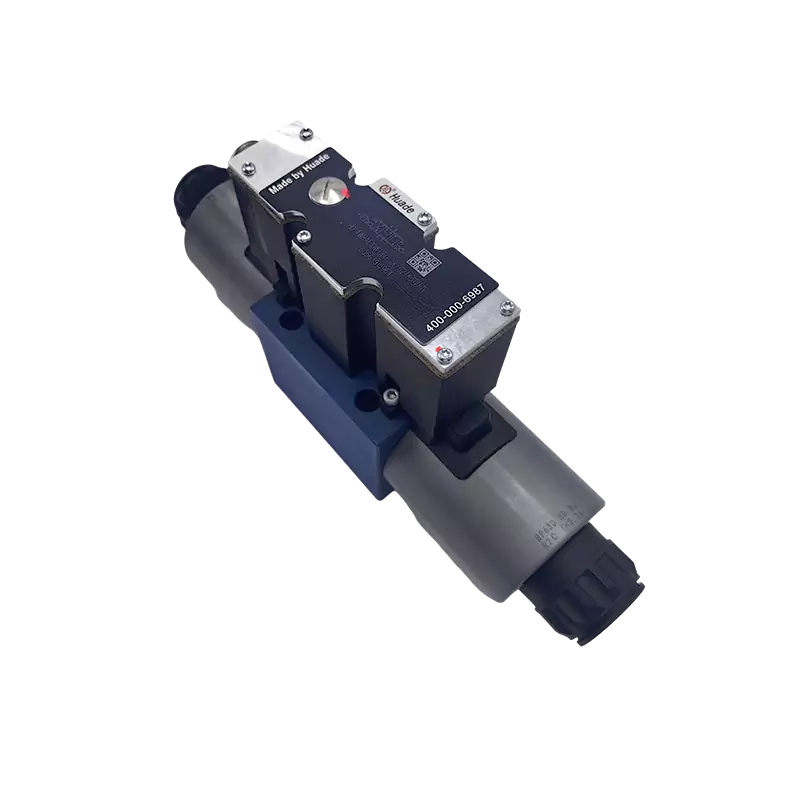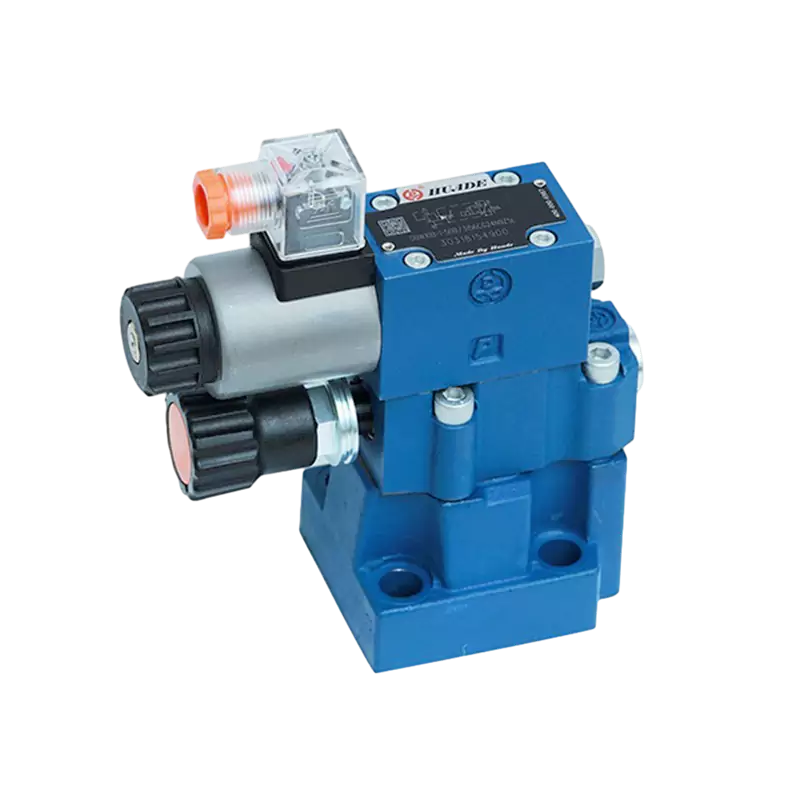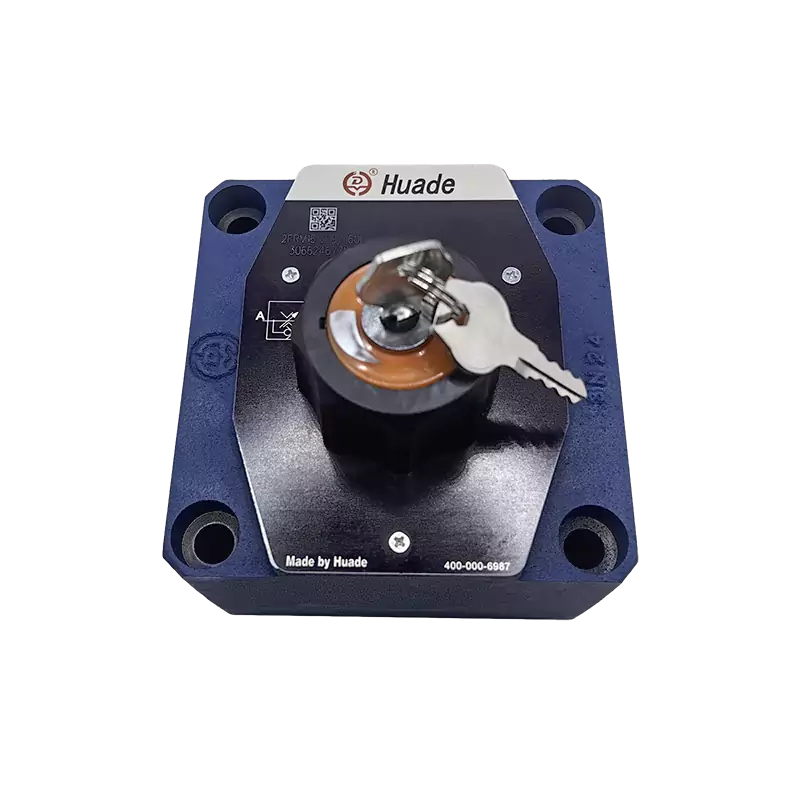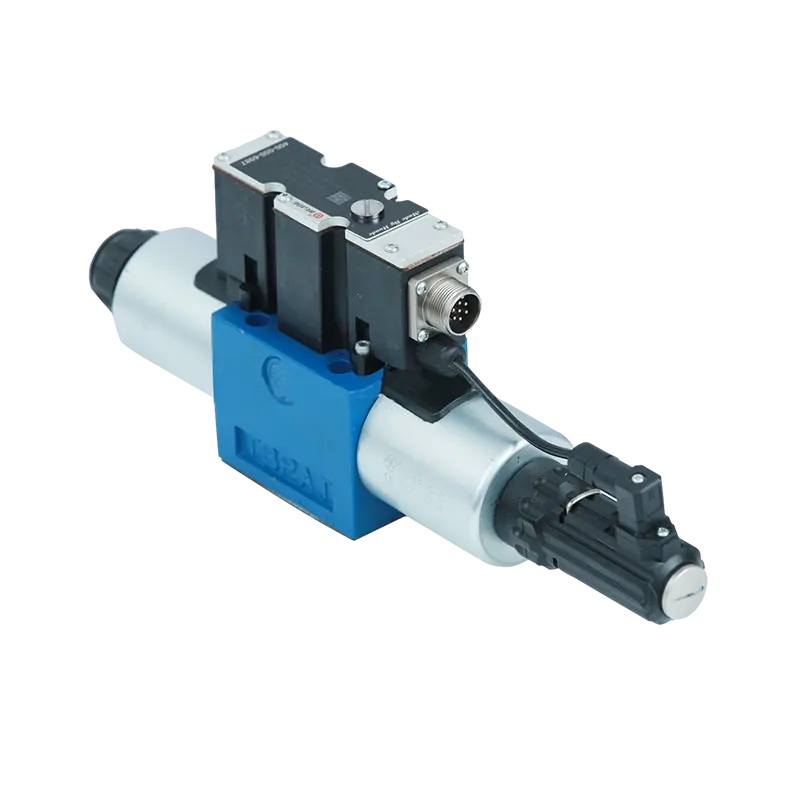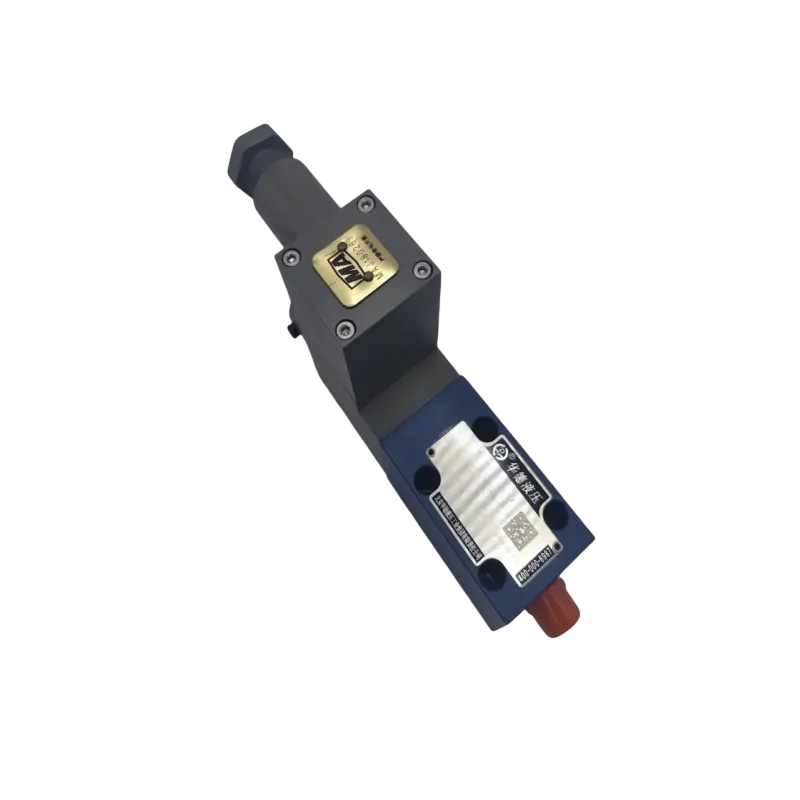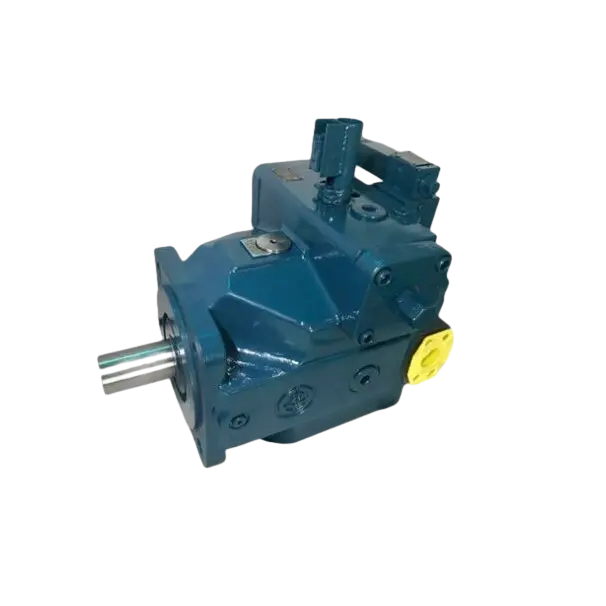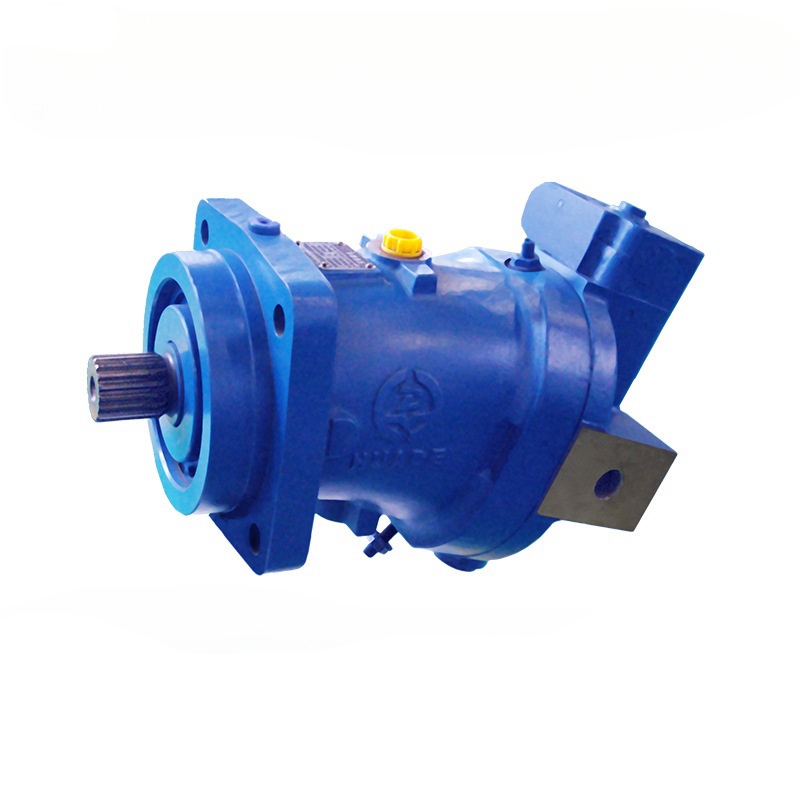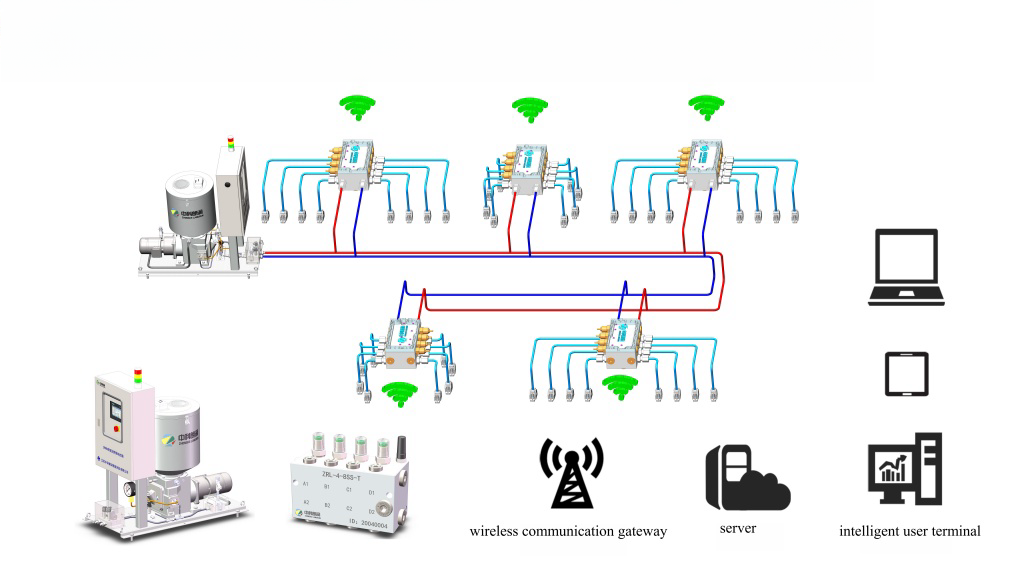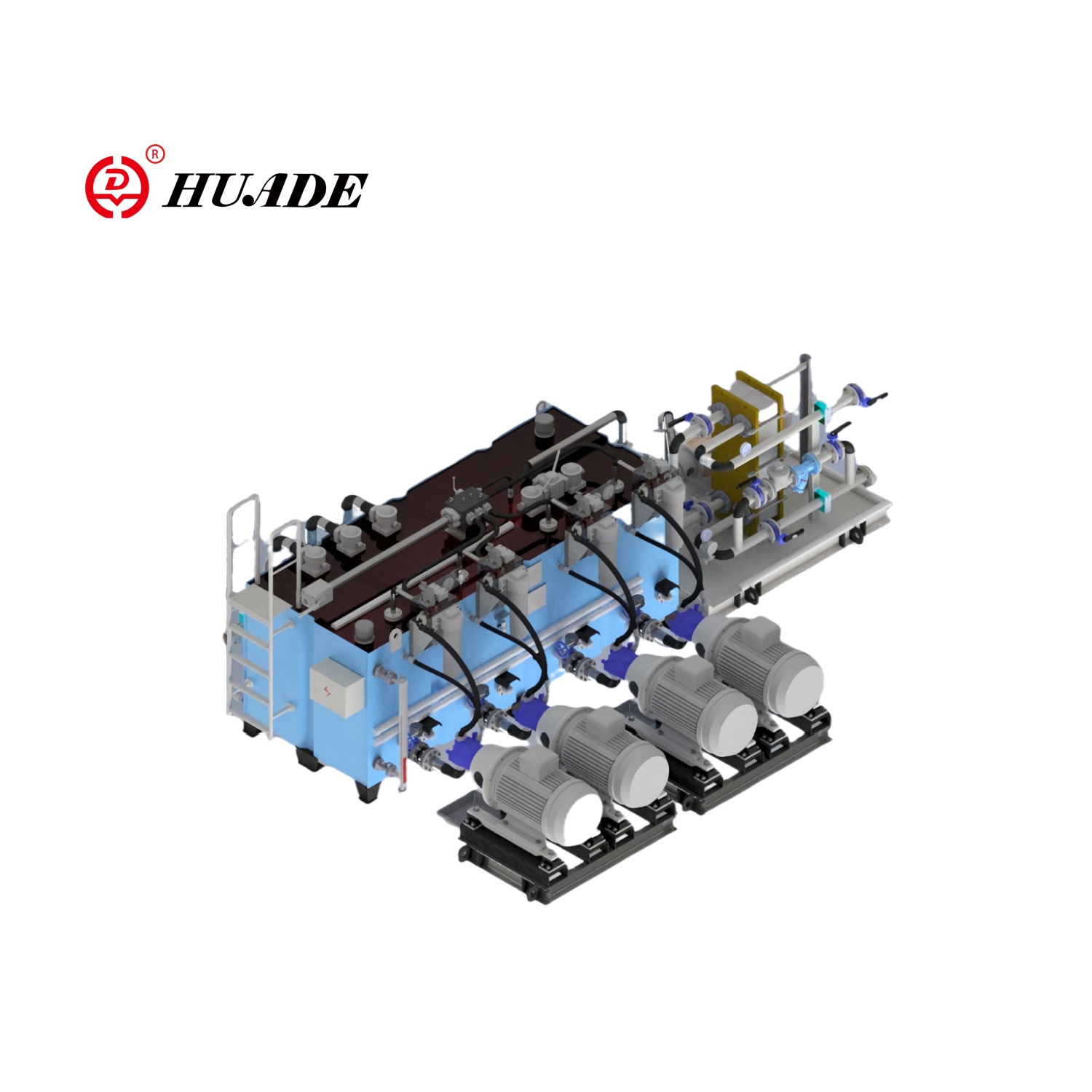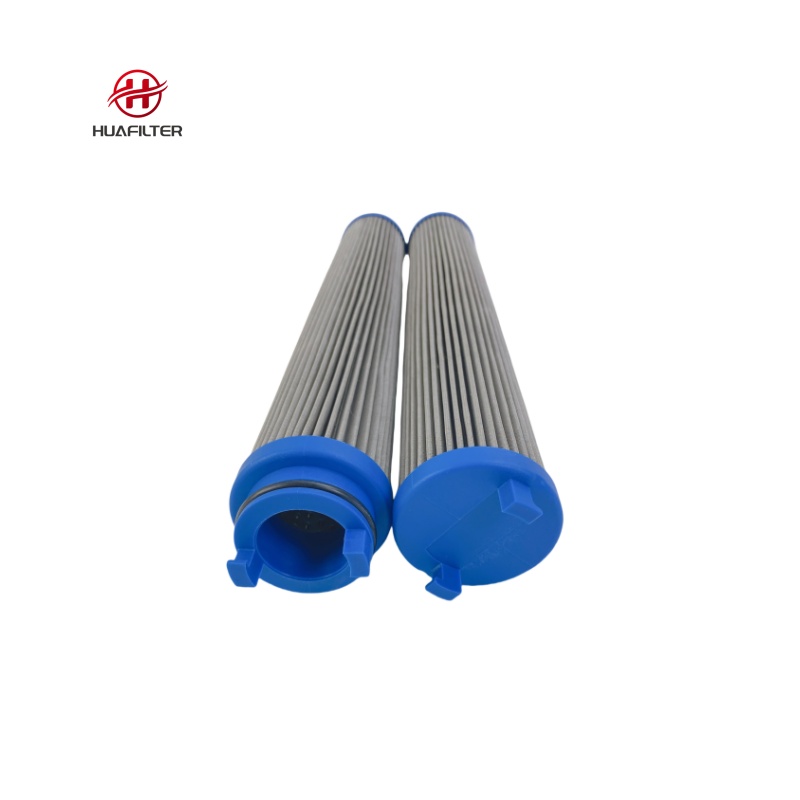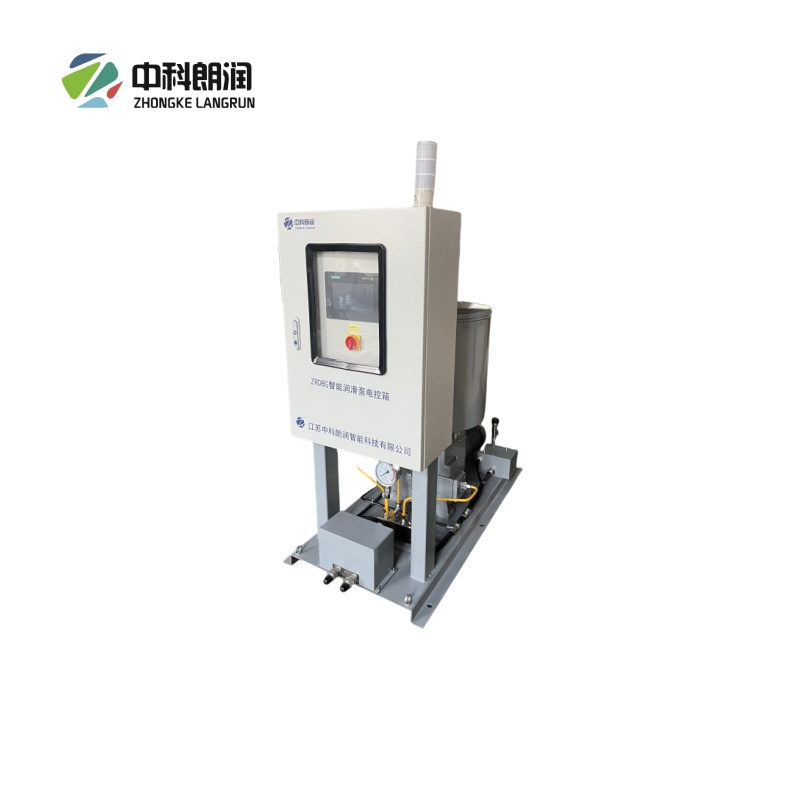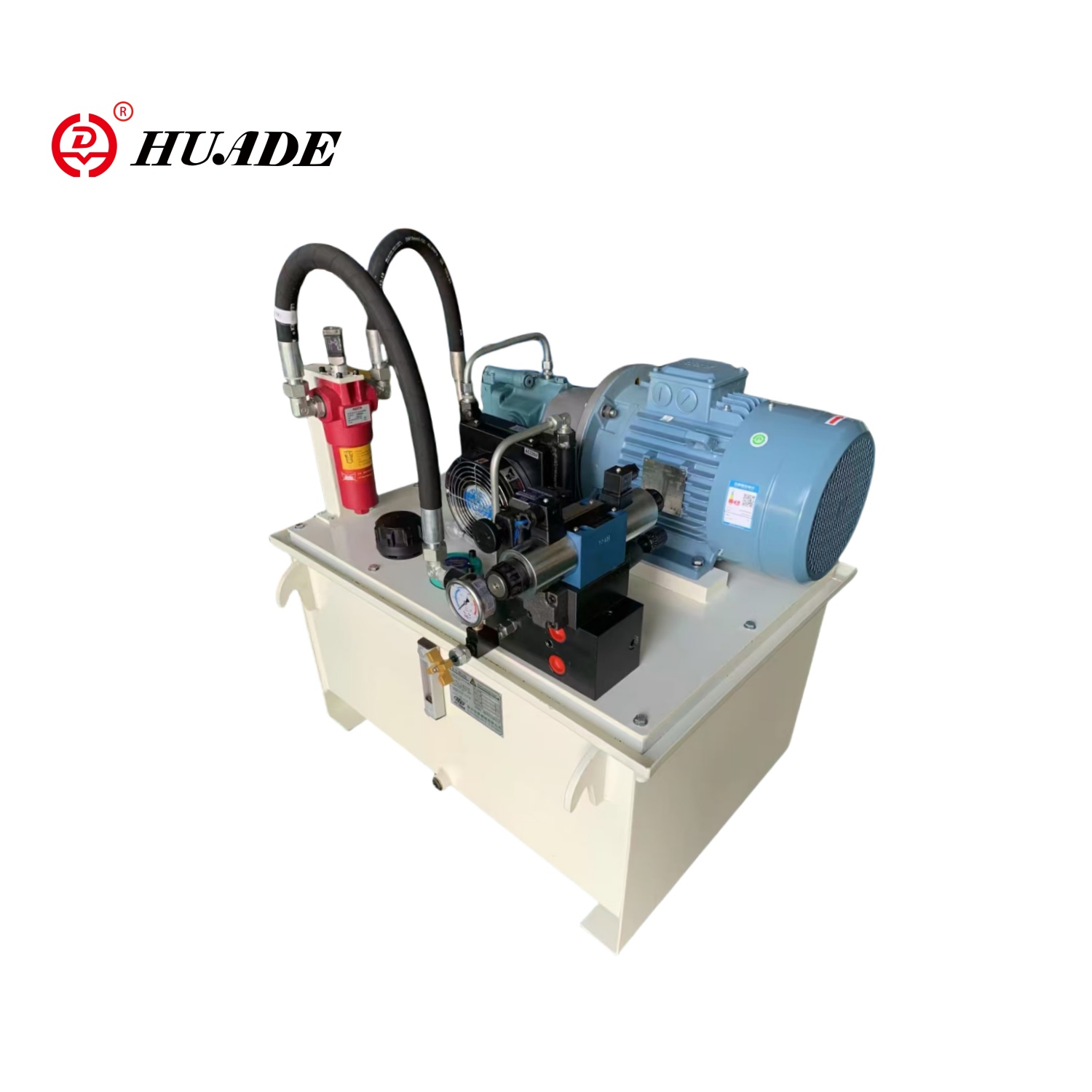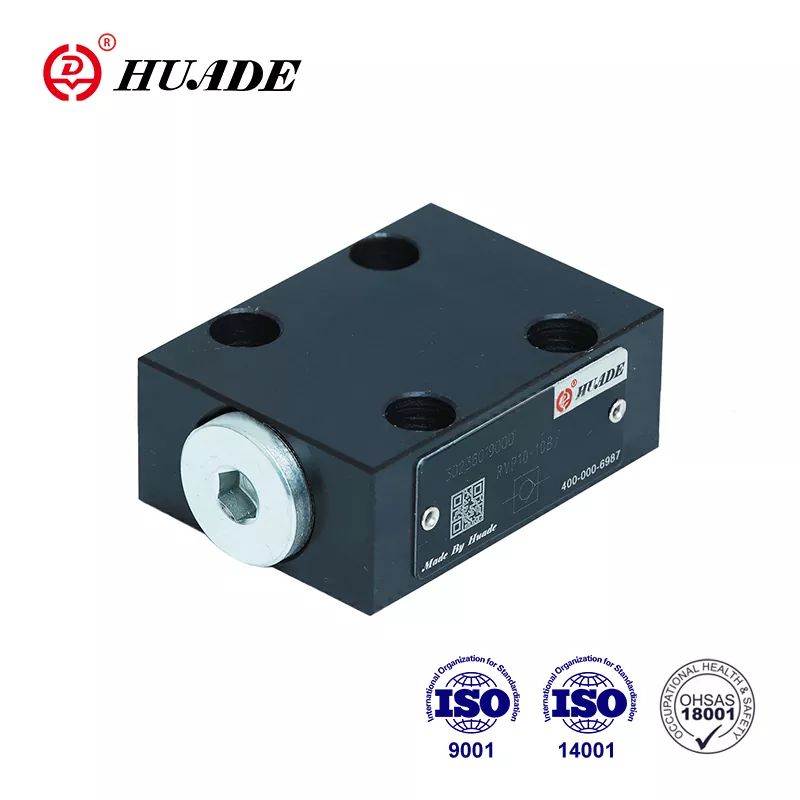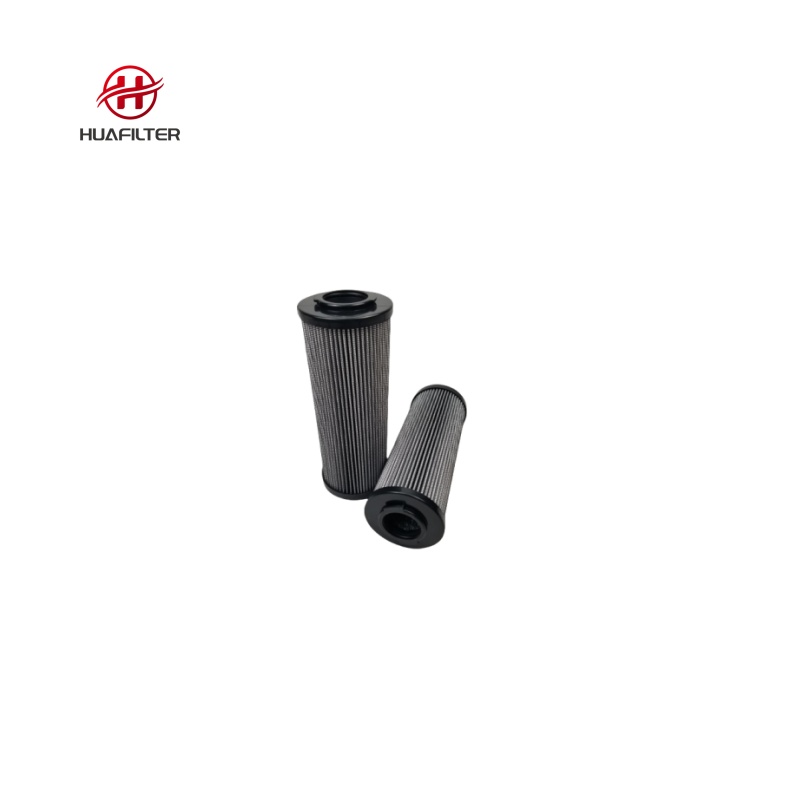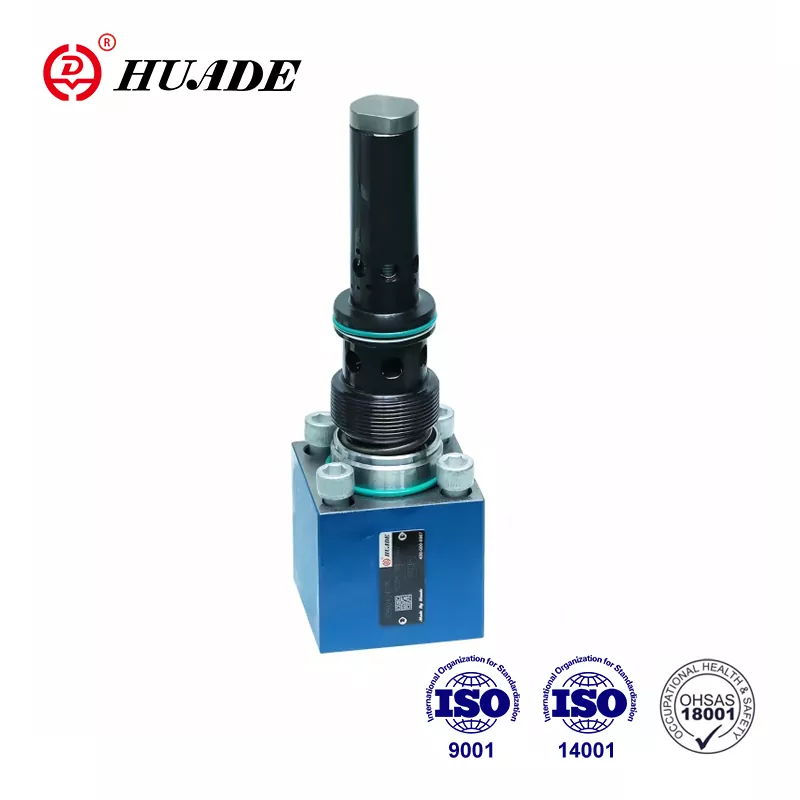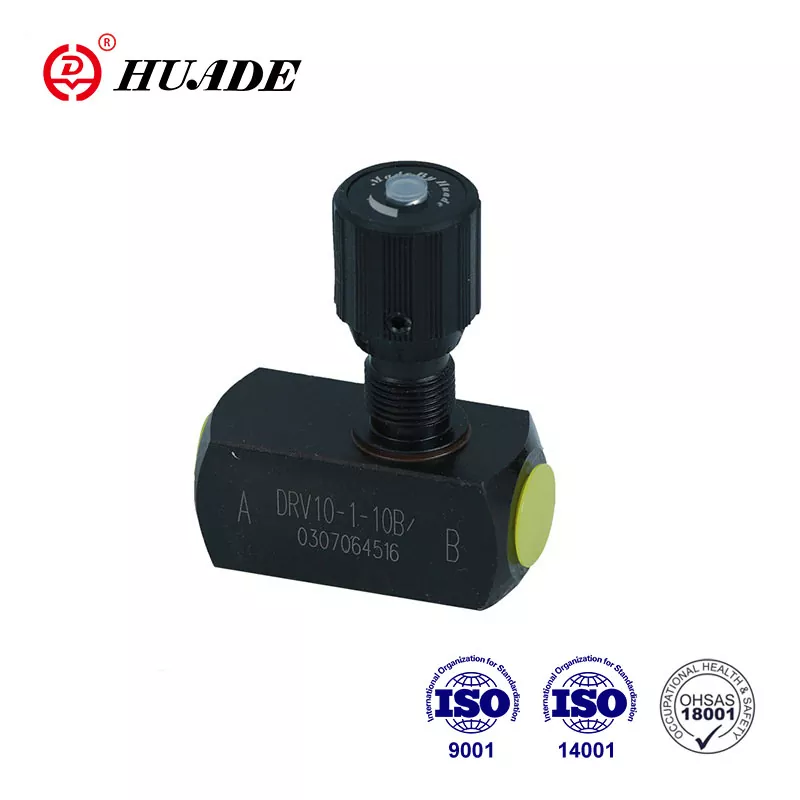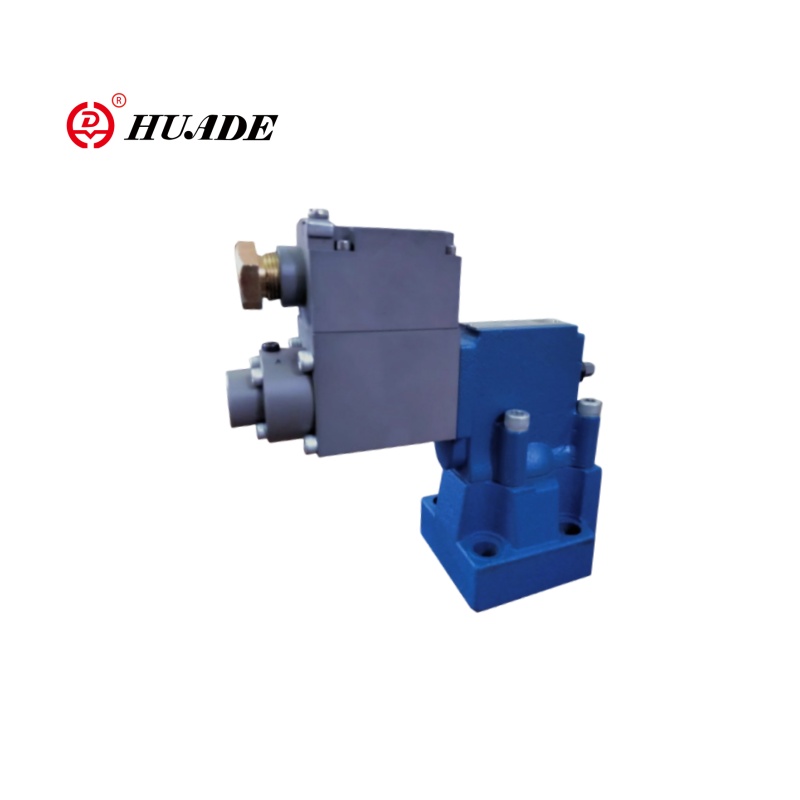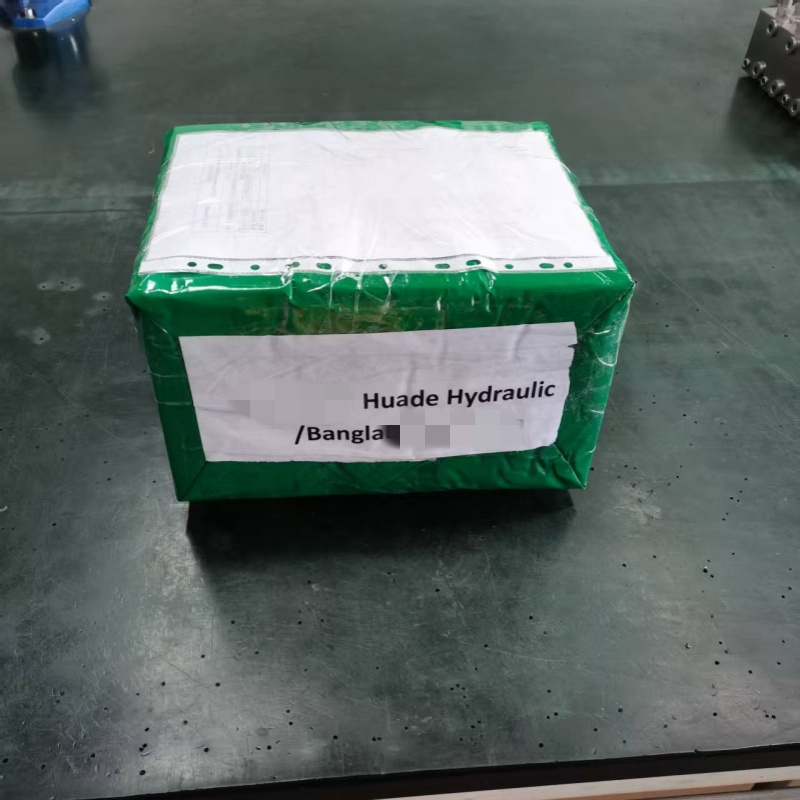
あなたがオーケストラを指揮していると想像してください。ミュージシャンに「大きく」または「静かに」演奏するように指示するだけではなく、「もう少し小さく」、「徐々に大きく」、または「その音量を維持して」と微妙な手のジェスチャーを指示します。油圧比例バルブは作動油の導体のようなもので、単なる「オン」または「オフ」ではなく、無限に可変の制御を提供します。
基本については、以下から始めてください比例弁とは何ですか.
コーヒーショップのたとえ
比例バルブは、お気に入りのコーヒーショップのエスプレッソマシンのようなものだと考えてください。バリスタは、完璧なエスプレッソを抽出するためにスイッチを入れるだけではありません。徐々に圧力を上げ、流量を慎重に制御し、コーヒーの抽出方法に基づいてリアルタイムで調整します。同様に、比例バルブは電気フィードバックに基づいてその位置を継続的に調整し、正確に適切な量の油圧力を供給します。
油圧比例弁はどのように動作するのですか?一歩一歩の旅
電気信号から正確な油圧動作までの制御の流れをたどってみましょう。
[詳細な説明を参照]比例弁の仕組み。]
1コマンドセンター (制御信号)
PLC (プログラマブル ロジック コントローラー) またはその他の制御システムは、CANbus や Ethernet などの産業用ネットワークを介して、電気信号 (通常は 0 ~ 10 ボルト、4 ~ 20 ミリアンペア)、またはデジタル コマンドを送信します。
2トランスレーター (比例ソレノイド)
バルブの比例ソレノイドは変換器のように機能し、電気エネルギーを機械力に変換します。 「通電」または「非通電」される通常のソレノイドとは異なり、比例ソレノイドは入力信号の強度に正比例する力を生成します。
3精密ムーバー(バルブスプール)
この機械的な力により、精密に機械加工された円筒部品であるバルブ スプールが正確な位置に押し込まれます。スプールが動くと、流体の流れを制御するさまざまなサイズの開口部 (ポートと呼ばれます) が現れます。
4スマート フィードバック ループ (LVDT センサー)
高度な比例バルブには、スプール位置を常に監視する LVDT (線形可変差動変圧器) が含まれています。これにより、外乱、温度変化、摩耗を自動的に補正する閉ループ システムが構築されます。
現実世界の例
掘削機のオペレーターがジョイスティックを途中まで動かすと、比例バルブは 50% 信号を受信します。スプールは、油圧シリンダーへの最大流量のちょうど半分を許可する位置に移動し、その結果、アームの動きが正確に半分の速度でスムーズに制御されます。
比例バルブ vs サーボバルブ vs オン/オフバルブ: 究極の比較
正しい選択をするには、バルブ タイプの違いを理解することが重要です。
| 特徴 | オン/オフバルブ | 比例弁 | サーボバルブ |
|---|---|---|---|
| 制御タイプ | バイナリ (オープン/クローズド) | 無限の位置決め | 超高精度の位置決め |
| 応答時間 | 10~100ミリ秒 | 5~50ミリ秒 | 1~10ミリ秒 |
| 正確さ | ±5~10% | ±1~3% | ±0.1~0.5% |
| 料金 | 50~500ドル | 500~5,000ドル | 2,000~20,000ドル |
| 代表的な用途 | シンプルなオン/オフ制御 | 一般的な自動化 | 高精度システム |
| メンテナンス | 低い | 中くらい | 高い |
| 汚染に対する感度 | 低い | 中くらい | 非常に高い |
| エネルギー効率 | 貧しい | 良い | 素晴らしい |
各タイプをいつ選択するか
次の場合にオン/オフ バルブを選択します。
単純な起動/停止制御で十分である • 予算が非常に厳しい • 汚染度の高い環境 • メンテナンスリソースが限られている
次の場合に比例弁を選択してください。
可変速度/圧力制御が必要 • エネルギー効率が重要 • スムーズな操作が重要 • 適度な精度が必要
次の場合にサーボ バルブを選択してください。
超高精度が重要である • 非常に高速な応答が必要である • 予算内で最高のパフォーマンスを実現できる • クリーンな環境を維持できる
油圧比例弁の種類: 最適なものを見つける
機能別: 3 つの主要なカテゴリ
1. 比例方向制御弁
彼らがやっていること:油圧アクチュエータの方向と速度の両方を制御します
次のように考えてください。交通を誘導するだけでなく速度制限も制御するスマート交通管制装置
一般的なモデル:Bosch Rexroth 4WRAシリーズ、Parker D1FBシリーズ
以下に最適:工作機械、射出成形、自動化全般
2. 比例圧力制御弁
彼らがやっていること:流量要求に関係なく、正確なシステム圧力を維持します。
次のように考えてください。誰かが食器洗い機のスイッチを入れても、シャワーの圧力を完璧に保つスマートな水圧レギュレーター
種類:圧力リリーフ、減圧、圧力シーケンスバルブ
以下に最適:プレス操作、クランプシステム、圧力試験
3. 比例流量制御弁
彼らがやっていること:圧力変化に関係なく正確な流量を維持
次のように考えてください。油圧流量のクルーズコントロールシステム
多くの場合、次のものが含まれます。負荷に依存しない制御のための圧力補償器
以下に最適:速度制御、同期運転、計量アプリケーション
構造別: 力学を理解する
直動式比例弁
・電磁石によりメインスプールを直接動かす
• 構造が簡単でコストが低い
• 流量は通常最大 100 GPM
• 最大 3,000 PSI の圧力定格
• 最適な用途: 中程度のパフォーマンスが必要な中規模のアプリケーション
パイロット比例弁
• 小型パイロットバルブがメインバルブの動作を制御します。
• より高い流量と圧力能力
• 最大 500+ GPM の流量
• 最大 5,000+ PSI の圧力定格
• 最適な用途: 大規模産業システムおよびモバイル機器
重要なパフォーマンス特性: 技術的な詳細
信号とフローの関係を理解する
比例バルブの性能の核心は、電気信号を油圧出力にいかに正確に変換するかにあります。主な仕様の意味は次のとおりです。
直線性(±0.5%~±3%)
方眼紙に直線を引くことを想像してください。直線性は、バルブの実際の性能がその完璧な直線にどの程度近づいているかを測定します。直線性が優れているということは、制御がより予測可能であることを意味します。
ヒステリシス(±0.5%~±5%)
これは、異なる方向から同じ設定値に近づいたときの出力の違いを測定します。これはステアリングホイールの遊びのようなものだと考えてください。ヒステリシスが少ないほど、制御がより正確になることを意味します。
再現性(±0.1%~±2%)
バルブはどの程度一貫して同じ動作を実行しますか?これは、バスケットボール選手にフリースローをするよう依頼するようなものです。再現性が高ければ、パフォーマンスの信頼性も高まります。
応答時間 (5 ~ 100 ミリ秒)
バルブは信号の変化にどれくらい早く反応しますか?動的アプリケーションの場合、応答が速くなるとシステムの不安定性が防止され、パフォーマンスが向上します。
魔法の背後にある数学: 流れの方程式
比例弁の基本的な流量方程式は次のとおりです。
Q = Cd × A × √(2ΔP/ρ)
どこ:
Q = 流量
Cd = 放電係数
A = バルブ開口面積 (スプール位置によって制御)
ΔP = バルブ両端の圧力差
ρ = 流体密度
この式は、比例弁がなぜ非常に効果的であるかを示しています。領域 (A) を正確に制御することにより、圧力変動に関係なく正確な流量制御が提供されます。
実際の成功事例: 業界を変革するアプリケーション
ケーススタディ 1: 射出成形革命
課題:ある自動車部品メーカーは、一貫性のないプラスチック射出成形に苦労しており、20% のスクラップ率と顧客からの苦情を引き起こしていました。
解決策:射出速度と圧力制御用に Moog D941 比例バルブを実装します。
プロセス:
• 速度フェーズ: バルブは、金型の 95% を充填するために高速かつ制御された射出を実現します。
• 保圧/保持フェーズ: 正確な圧力制御へのシームレスな移行
• 回復フェーズ: 次のショットの準備のためにスクリューの回転を制御
ケーススタディ 2: モバイル機器の精度
課題:クレーンメーカーの顧客は、荷物の動きがぎくしゃくして安全上の懸念や生産性の低下を引き起こすと苦情を申し立てました。
解決策:電子ジョイスティックを備えた Danfoss PVG 48 比例バルブ システム。
変革:
• 変更前:バイナリバルブ制御による急発進・急停止
・変更後:オペレータ入力に合わせたスムーズな加減速
• 高度な機能: エネルギー効率を高めるための負荷検知、正確な位置決めのための電子制御
ケーススタディ 3: 製鉄所の精度
課題:鋼鉄圧延機では、製品の厚さを一定にするために正確な圧力制御が必要でした (公差 ±0.01 mm)。
解決策:統合フィードバック制御を備えた ATOS DPZO 比例圧力バルブ。
イノベーション:
• リアルタイムの厚さ測定をバルブ制御にフィードバック
• 自動圧力調整により材料の変動を補正
• 閉ループ制御により、速度が変化しても一貫した力が維持されます。
適切な比例弁の選択: 選択ガイド
ステップ 1: システム要件を定義する
パフォーマンス仕様チェックリスト:
• 最大システム圧力: _____ PSI
• 必要な流量: _____ GPM
• 動作温度範囲: _____ ~ _____ °F
• 応答時間要件: _____ ミリ秒
• 必要な精度: ±_____ %
• 制御信号の種類: 電圧 / 電流 / デジタル
ステップ 2: アプリケーション固有の考慮事項
製造/産業用アプリケーションの場合:
• 統合された電子機器を備えたバルブを検討してください (Bosch Rexroth 4WRA シリーズ)
• フィールドバス通信機能を探す
• 再現性と長期安定性を優先します。
モバイル機器の場合:
• 振動と衝撃に対する定格を備えたバルブを選択してください (Danfoss PVG シリーズ)
• 環境シール要件を考慮する
• バッテリ駆動システムの消費電力を評価する
航空宇宙/重要な用途の場合:
• 冗長フィードバックシステムを備えたバルブを選択してください
• 極端な温度に対応する特別な素材を検討する
• 故障モードの特性を評価する

